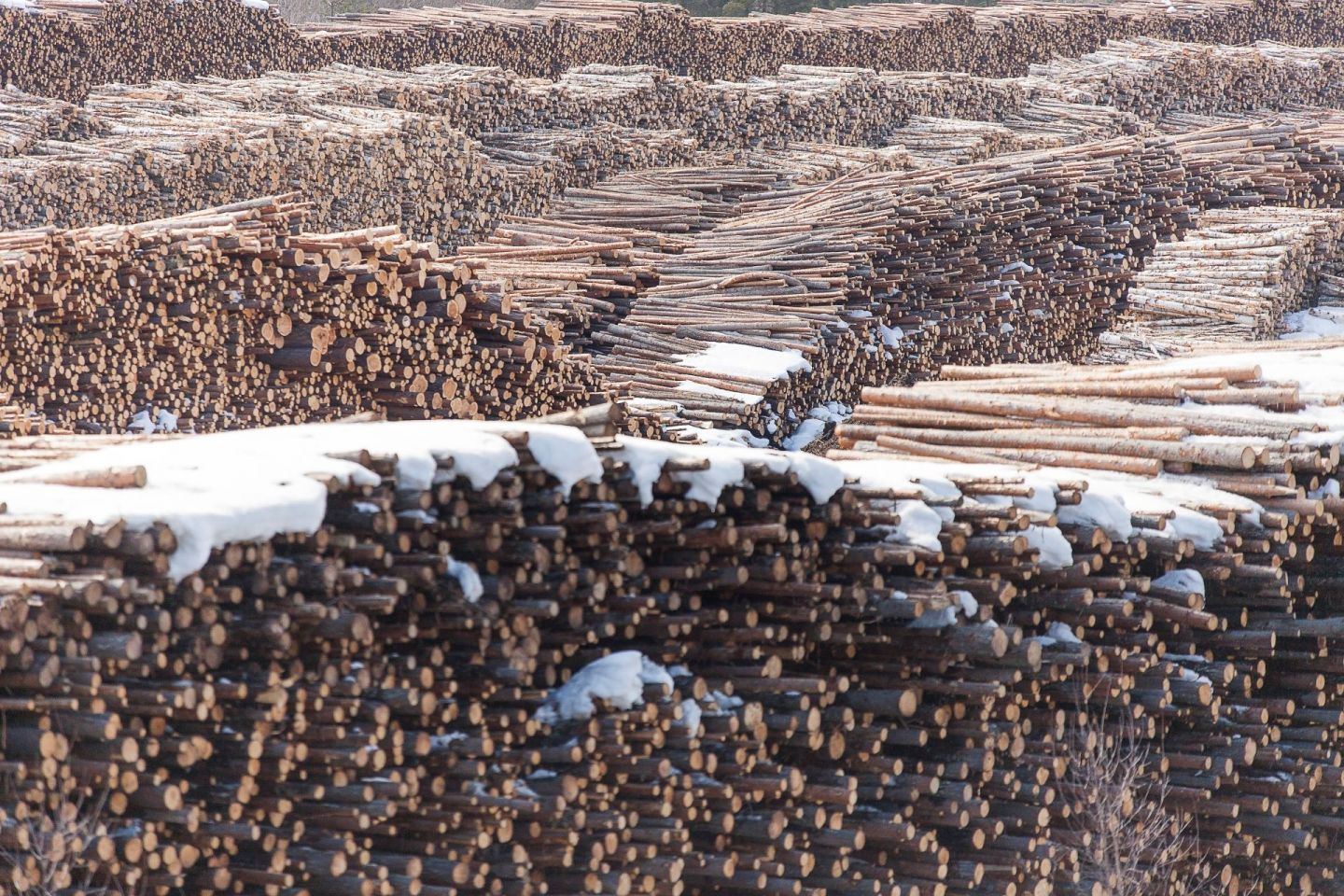An entire bioeconomy ecosystem is emerging around the planned bioproduct mills, in order to utilize material flows and to make a sustainable and profitable business.
A large part of Lapland’s business is based on renewable resources in one way or another. The most visible sector is still forestry, where market change is now driving paper production down, but board and pulp production, sawmill production, and wood construction are growing.
Lapland also has expertise in the sustainable use of northern natural resources. Circular economy is growing strongly alongside traditional livelihoods. New products are generated from the by-products and growth is achieved through the nutrient cycle.
Other interesting and rapidly developing bioeconomy industries in Lapland are high-tech products based on pure Arctic nature and bioenergy production.
According to experts, the bioeconomy still has huge growth potential.
– The development has been positive. The competitiveness of Lapland has been improving all the time, which is partly due to the high level of education in Northern Finland. Several interesting research projects are underway to look for new products and even better cost-effectiveness for product manufacturing processes, says Virpi Alenius, Development Manager at the Natural Resources Institute, Luke.
Pulp production creates a base for new innovations
Many projects are currently waiting for the investment decisions of the Kemijärvi and Kemi bioproduct mills. Pulp production would provide a good basis for a diversified bioproduct economy in the area.
There has been great interest in the projects throughout Lapland. Municipalities have zoned areas for industrial use and the provision of utilities such as electricity and water to SMEs by municipalities is also pending.
Professor Olli Dahl of Aalto University believes that there is a huge potential in the utilization of conifers in the north from the point of view of the circular economy. Finland has not only the best raw materials but also the world’s best research and know-how in many areas of the bioeconomy.
– Coniferous trees that grow in the north contain, among other things, various extracts in higher proportion than those grown in the south. Wood sugars are well suited as raw materials for ethanol, biogas, proteins and bioplastics. We now have a million-dollar opportunity to make this work. Leaning on pulp alone is not enough to take us through difficult times in the future.
According to Dahl, one product of high interest is microcrystalline cellulose, the commercial value of which can increase up to almost 15 times that of paper pulp when properly processed into real end products.
In addition, the Äänekoski bioproduct mill already has experience in using dissolving pulp for fabric production. By-products of pulp production can be further processed into, for example, animal feed or sweeteners.
Medicinal plant cultivation and warm water fish
Dahl also sees many opportunities in the utilization of waste heat.
– Kemijärvi, for example, has plans to utilize waste heat to heat greenhouses. The aim is to select plants with significant added value. Such could be, for example, various medicinal plants. The elimination of heating costs would bring a huge advantage to such activities.
On the same principle, onshore fish farms could be set up for warm-water fish.
– This type of farming would not compete with local fishermen but would bring completely new species to the global market, Dahl points out.
The sludge from wastewater treatment, in turn, can be used for fertilization. When the ash from wood burning is combined with the sludge, a soil improver is obtained, whereby the organic matter is returned to the forest.
It is also currently being studied how bio-based adhesives could be made from lignin from black liquor, for example for the construction industry.
Cooperation gives a boost to investments
A lot of work has been done in Lapland to coordinate the different uses of natural resources. Forestry, reindeer husbandry, tourism, conservation, agriculture, and the mining industry all use the same natural resources, and investment in cooperation is considered important.
– Good cooperation and the resilience of livelihoods allow everyone enough space to work side by side on a sustainable basis, Alenius states.
Alenius welcomes the fact that in Lapland, capital is well diversified in terms of the bioeconomy and many companies are multi-skilled. It provides a good opportunity to cope with the current difficult economic situation.
– Growth is now dependent on investment and production development. Opportunities do exist.



